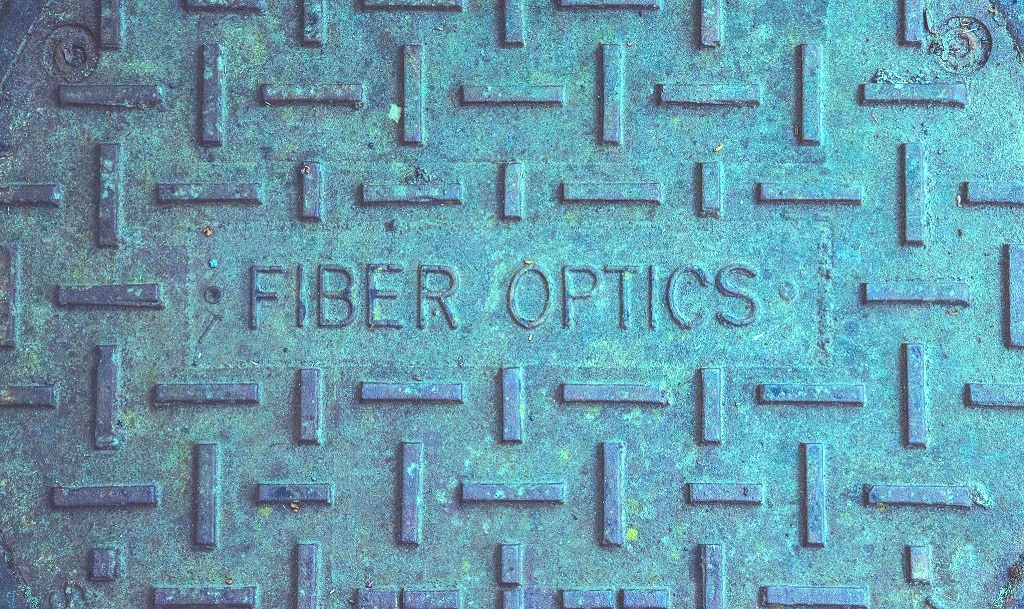
/ CC BY / Tony Webster
Rule "25/3"
In 2018, the United States lifted net neutrality rules. Since then, IT companies have sued the federal government, and individual states like Washington , California and Vermont have even implemented net neutrality at the local level in an attempt to turn the situation around the country.
The outcome of such processes largely depends on the bureaucratic procedures established by government agencies such as the US Federal Communications Commission (FCC). In particular, it was the FCC that canceled net neutrality. Also, the experts of this commission determine the parameters of broadband communications. They set the bar for bandwidth, which shows whether the user has high-speed Internet access.
The latter metric has already become a source of absurd situations. Now in the United States it operates rule of "25/3" , according to which the broadband connection is considered to be a channel in 25 Mbit / s with unloading in 3 Mbit / s . Thus, in their latest report, representatives of the commission noted that all residents of the country have high-speed Internet access, although in fact its quality is in question.
What we write about on Habré:
- The transition to IPv6 could take another ten years
- Replacing TCP: a discussion of the QUIC protocol
- Submarine internet cables: who is laying them
Civil society organizations talk about the need to increase thresholds and call for a “refresh” of the standard. But the commission's work suggests that this is not a quick process. Since 2010, the “4/1” rule was in effect in the country , and it was updated to the “25/3” level only in 2015.
Who is against
It is believed that the regulator is not revising the standard in the interests of large telecommunications companies. The Electronic Frontier Foundation (EFF) notes that the metric masks market monopolization and problems with Internet access in remote regions of the United States.
Analysts from the Open Technology Institute conducted a study and found that Internet service providers in the United States are among the most expensive and slowest in developed countries. The average actual download speed is only 15 Mbps. For comparison, in Europe this figure is 40 Mbit / s, and in Asia - 500 Mbit / s.

/ Unsplash / Pascal van de Vendel
To remedy the situation, the EFF suggestsThe FCC update the definition of broadband internet approximately every two to three years. Moreover, the assessment must be based on open data on user habits. So the standard will correspond to the growth of consumption of Internet services in the country, and providers will have an incentive to develop infrastructure and offer better services to customers. Some FCC members are already in favor of raising the threshold from 25 to 100 Mbps.
What to do
Of course, it is not enough to simply change the definition of broadband internet to increase the connection speed for users. Individual members of the government are taking steps to modernize the US network infrastructure globally. Democratic Secretary James Clyburn introduced the Accessible, Affordable Internet for All Act . It initiates national migration to gigabit networks and is part of a plan to support the population and overcome the crisis.
The project proposes to allocate $ 80 billion for the development of fiber-optic infrastructure in all states. A special body - Office of Internet Connectivity and Growth will coordinate the actions of local authorities... The new act could also abolish individual state acts that prohibit local communities from building their own broadband networks.
This is an important point for many people living in remote regions. Approximately 50 million of them cannot change their provider, because only one company provides Internet access at their place of residence . Due to the lack of competition, they are forced to overpay for services of not the highest quality. New infrastructure can help solve this problem.
The EFF says that without the new law, the transition to gigabit networks in the United States could take several decades. But if adopted, it will also accelerate the adoption of next-generation Wi-Fi and 5G.
About the work of Internet providers in our corporate blog:
- QOS
- Brute Force
- IPv6 – FAQ -